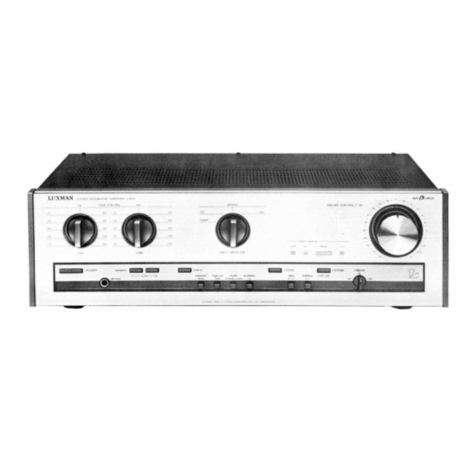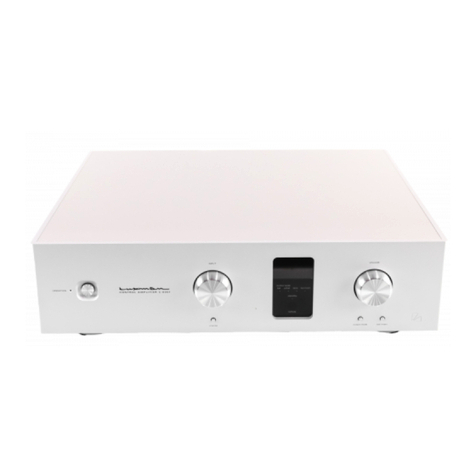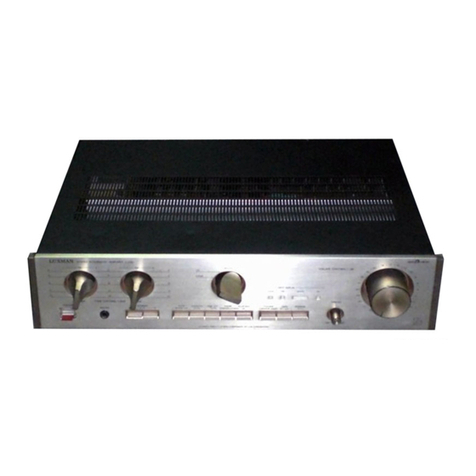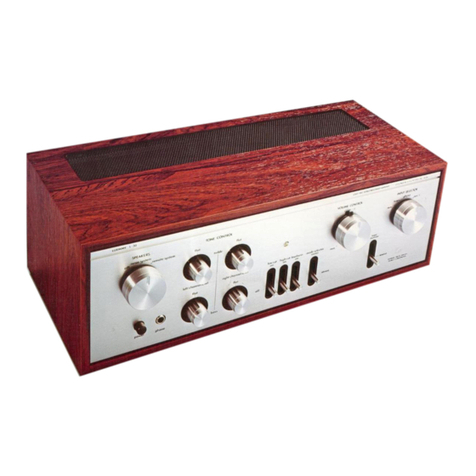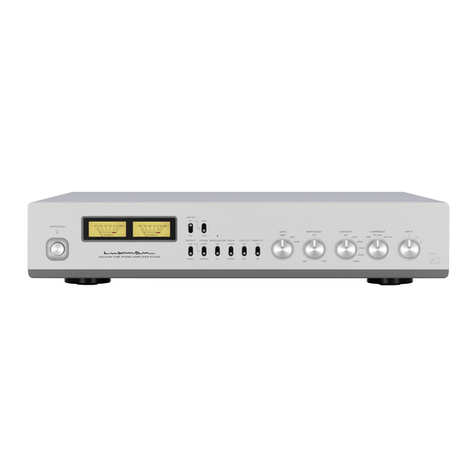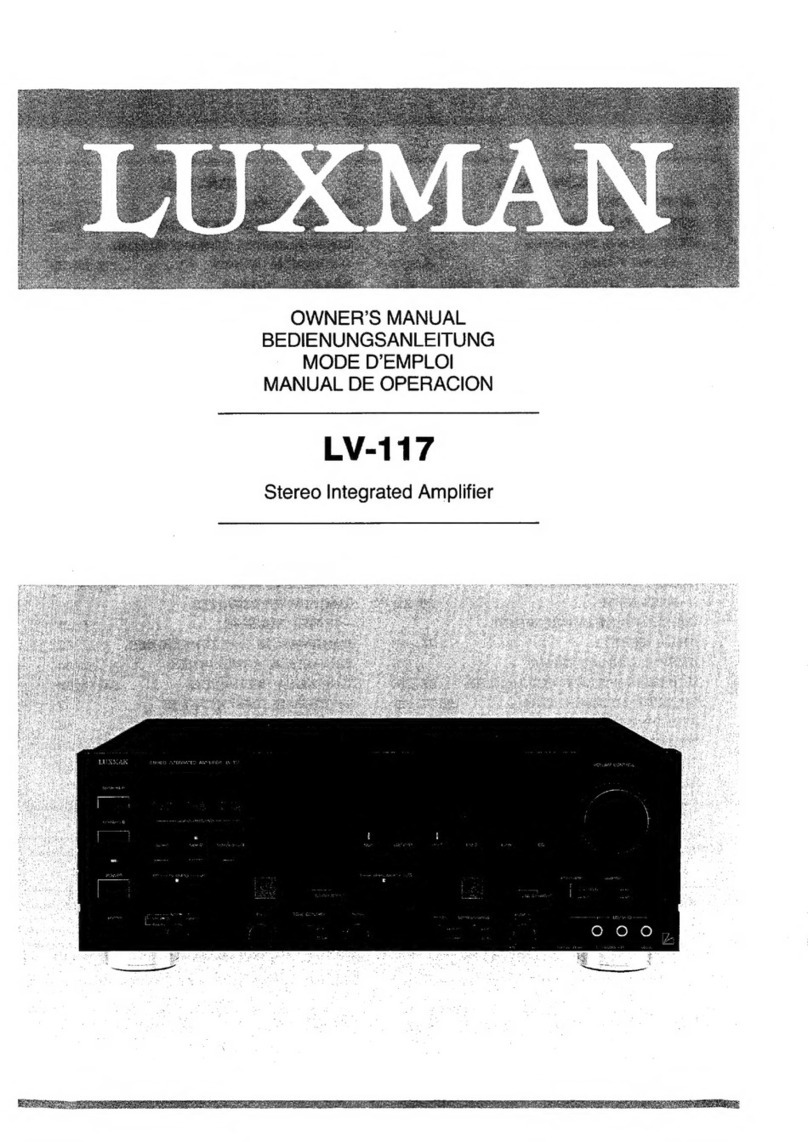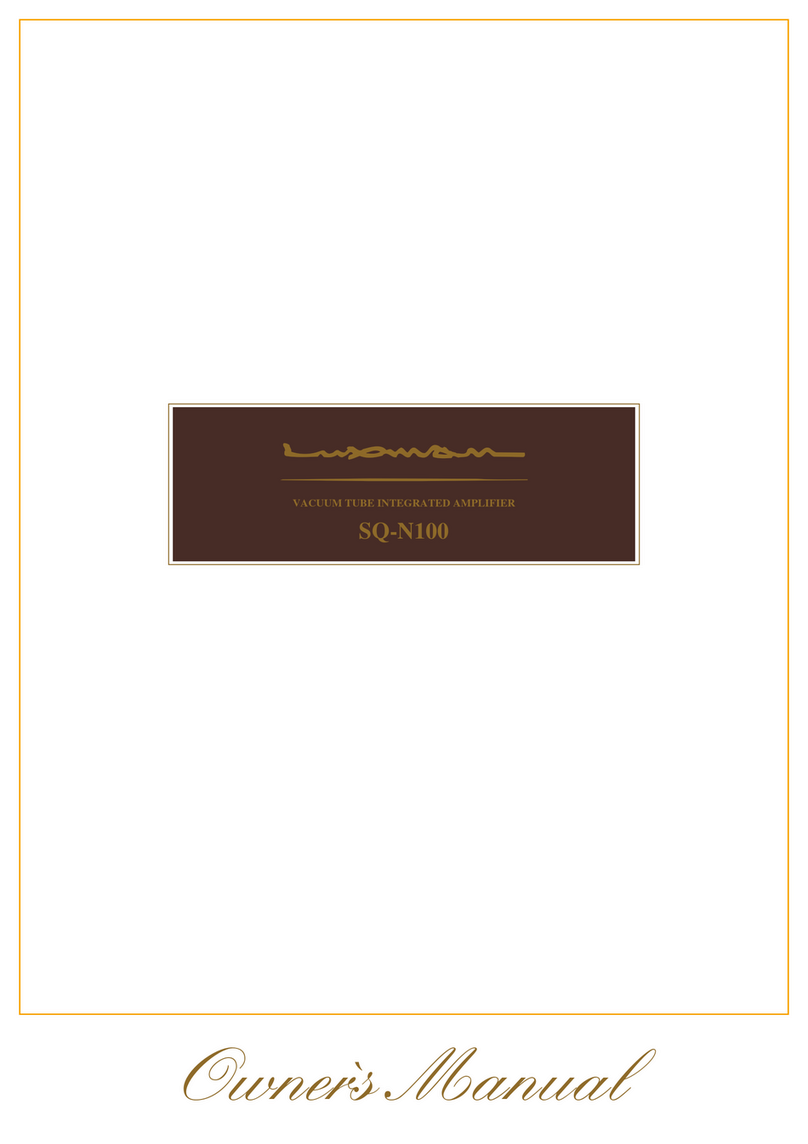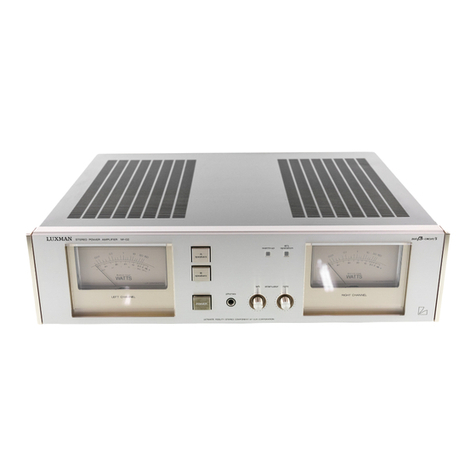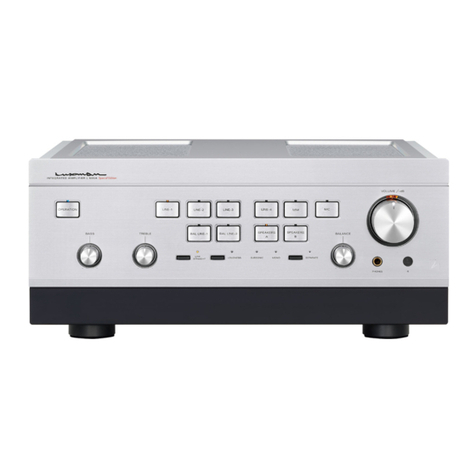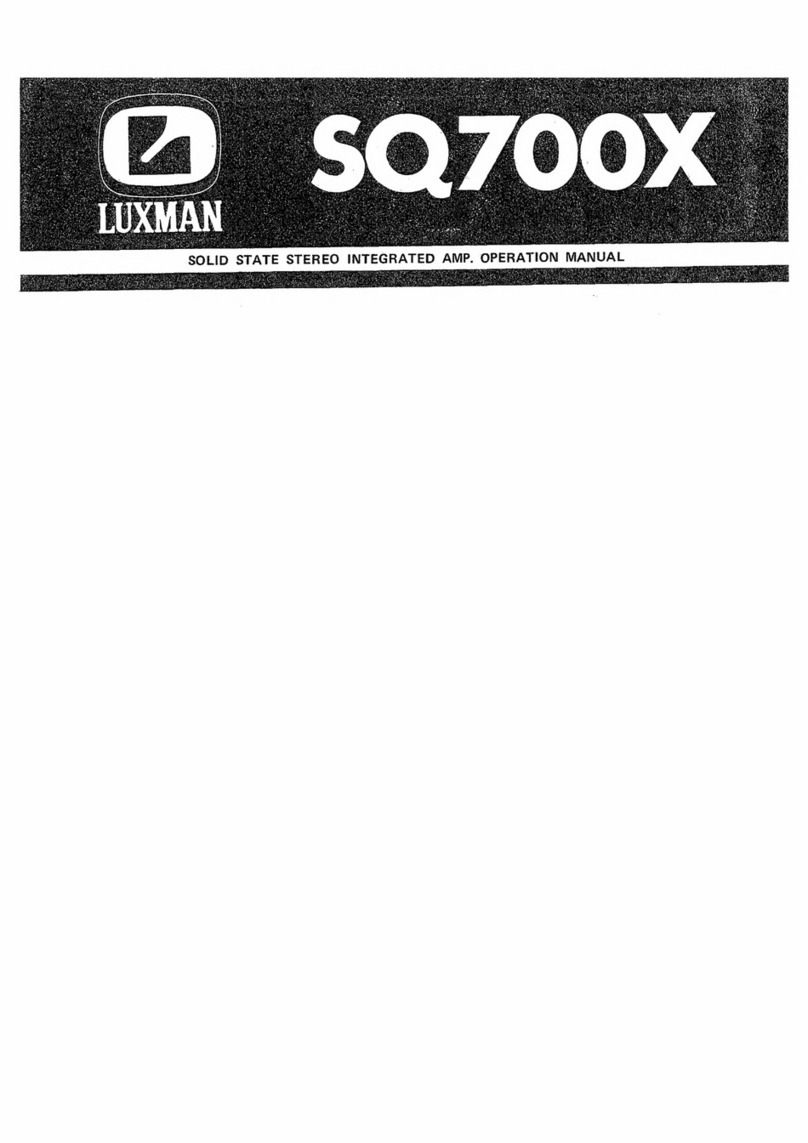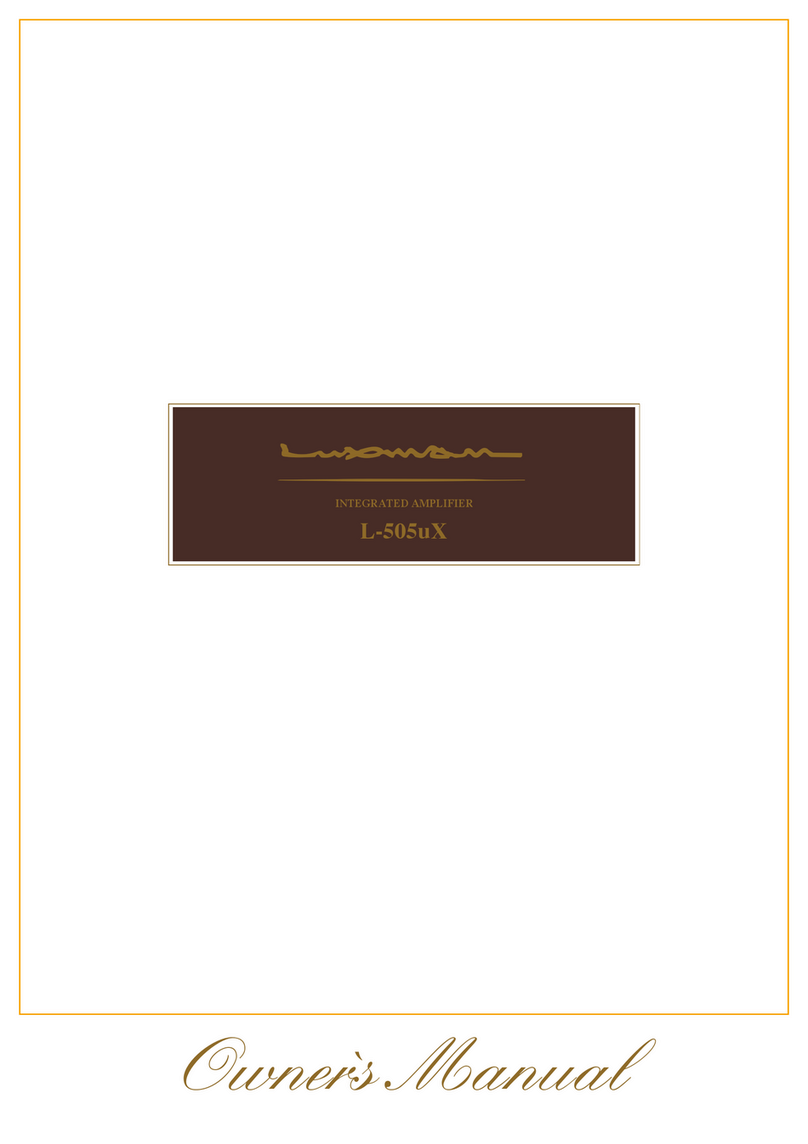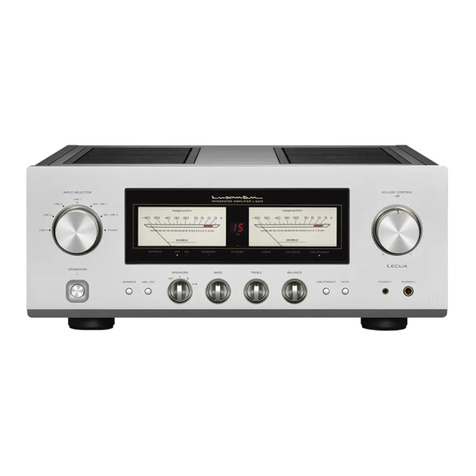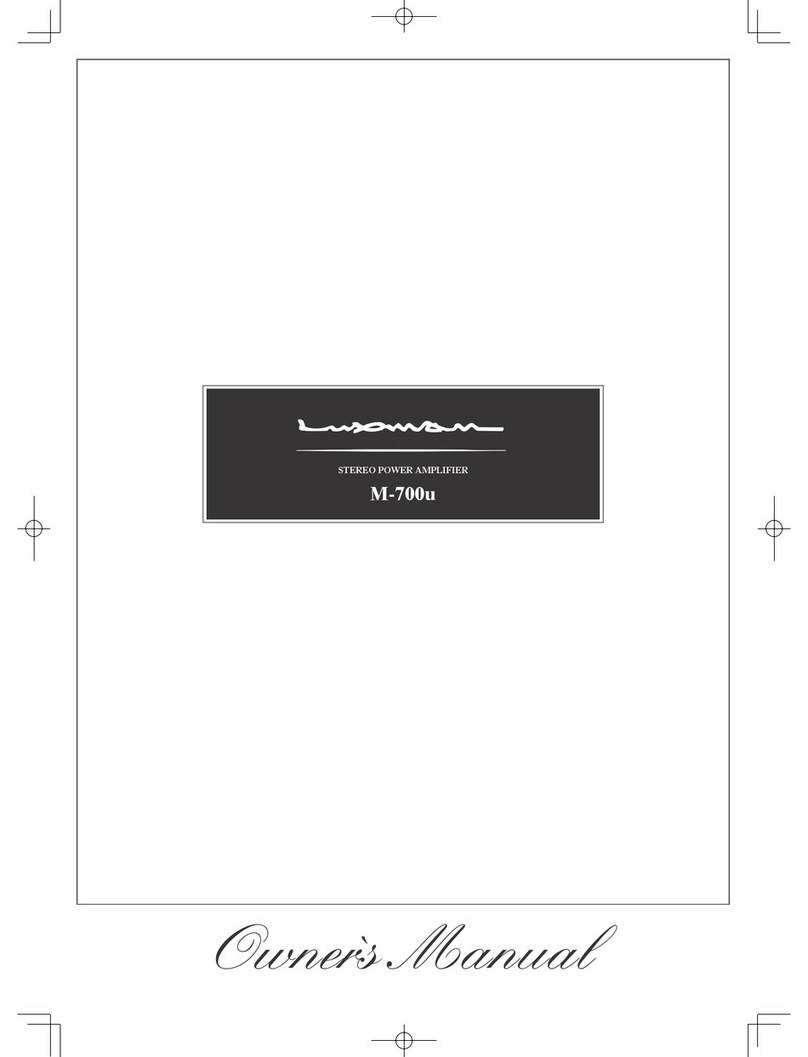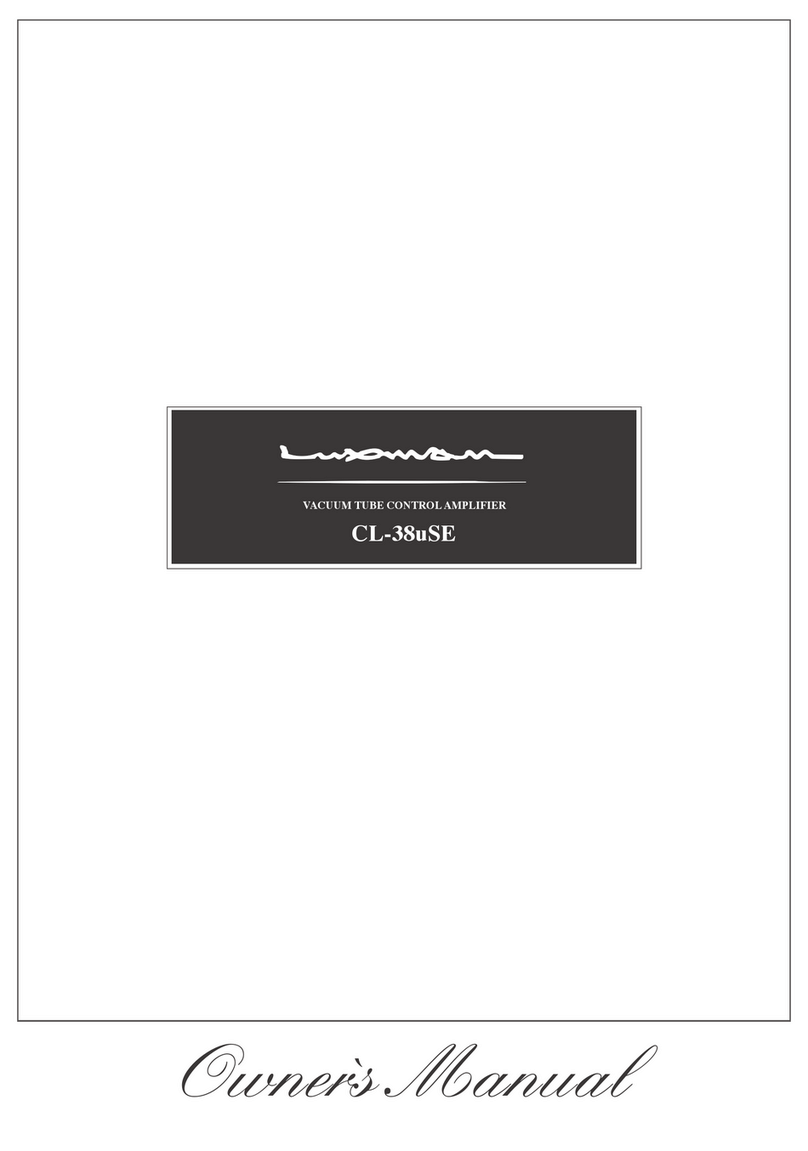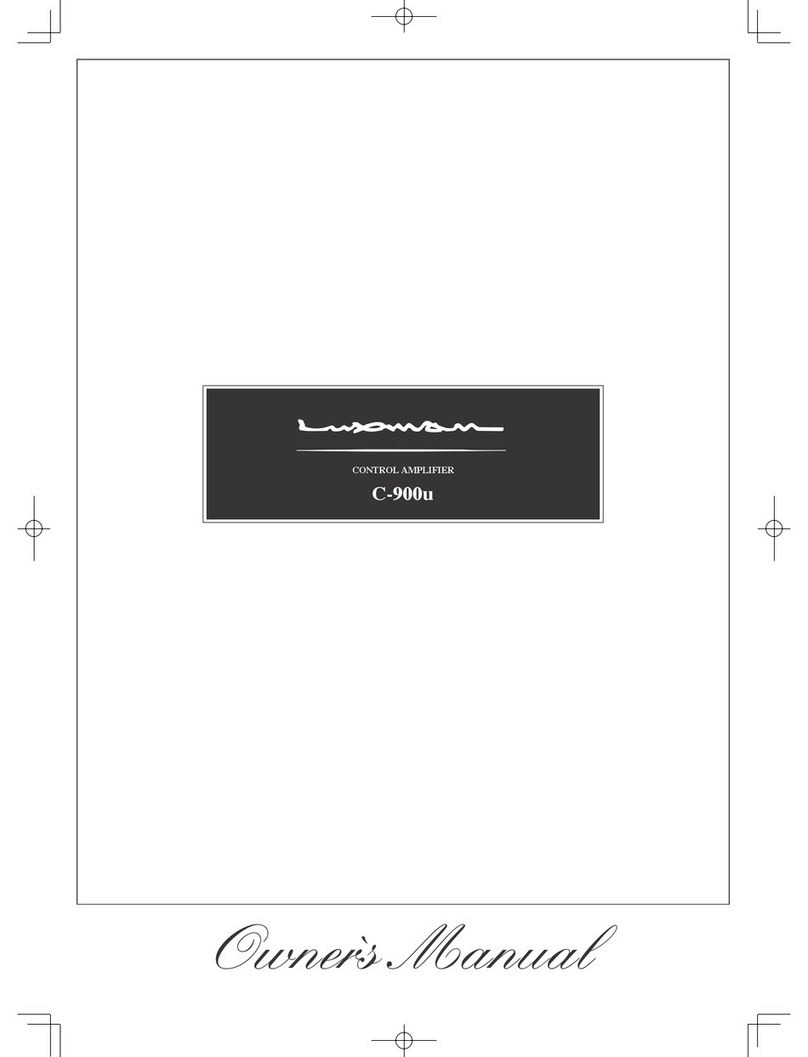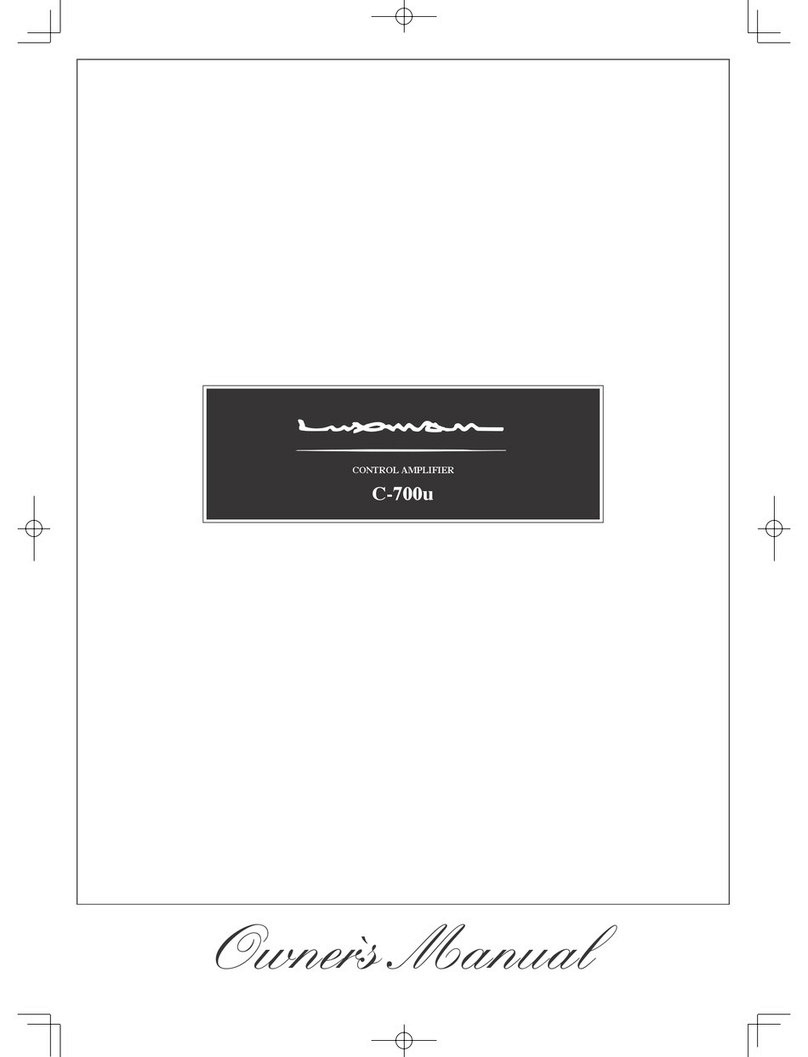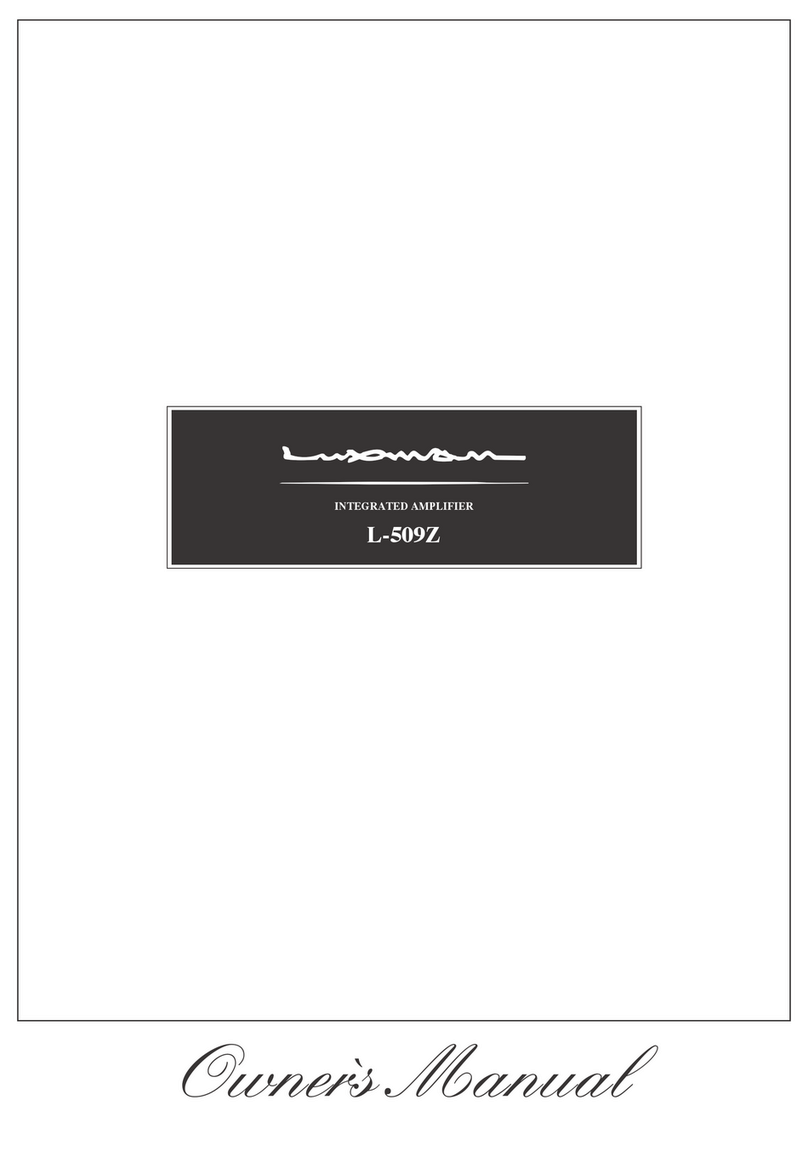When You Open the Box
Welcome!
At Luxman, Ultimate Fidelity is a goal we consider
most important. Yourpurchase of this component
has told us you feel the same. We take great pride
in the long tradition of excellence in sonic quality
that the Luxman name represents. Now, as part of
that tradition, we welcomeyou to thegrowing
number of discerning audiophiles who own and
operate Luxmanproducts. This manual has been
prepared to help you maximizeyour enjoyment of
the outstanding performance and feature capa-
bilities of your new Luxman
C-383.
Thisstereo preamplifier represents a novel con-
cept in system and design technology for simpli-
fiedsystem operation and high sonic quality. It
has System Bus, multi-room capability, full system
remote control, motor driven volume control,
Video Input/Outputjacks and LINE straight
...
are
some of the items that combine to achieve this
goal.
Torealize the exceptional performance for which
this Preamplifier is capable, it is necessary that all
signal sources,power amplifier and speaker
systems used with it are of the highest sonic
quality. Werecommend complementary Luxman
components whereverpossible.
Please study this manual carefully and become
acquainted with all the special features, operation
and capabilities of your new Luxman
C-383.
Shouldyou have any questions or desire informa-
tion on other Luxman products, please contact
your local Luxman dealer.
Beforeany Luxman product leaves the factory
it is carefully inspected for physical imperfec-
tions as a routine part of Luxman's systematic
quality control. This, along with full electrical
testing, should insure quality craftsmanship and
performance.After you have unpacked the unit.
inspect it for any physical damage. Save the
shipping carton and all packing materials, as
they are essentialto reduce to a minimum the
possibility of transportation damage, should the
product ever need to be shipped again.
In the unlikely event that damage has occurred,
notify your dealer immediately and requestthe
name of the carrier so that a written claim to
cover shipping damages can be initiated.
The right to any claim against
a
public
carrier can be forfeited if the carrier is not
notified promptlyand if the shipping carton
and packingmaterial are not available for
inspection.Save all packing materials until
the claim has been settled.
Installationand Placement
The Luxman
C-383
generates almost no heat,
therefore its placement is not critical. However
it should not be placed on top of or completely
enclosedwith high power amplifier. If placed in
a cabinet with such components, be sure
adequate ventilation is provided. With these
considerations implemented, the Luxman
C-383
should provide exceptional performance
inany reasonable environment.
Of course, such normal considerations as
protectionfrom excessive dust and moisture
should always be observed. The Luxrnan
C-383
Preamplifier has been carefully designed
with h~ghquality components so that longterm
undiminishedperformance may be expected
when it is operated in accordance with the
instructions provided.


